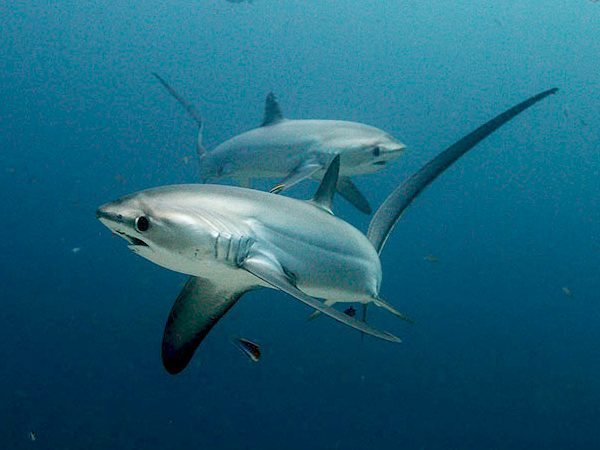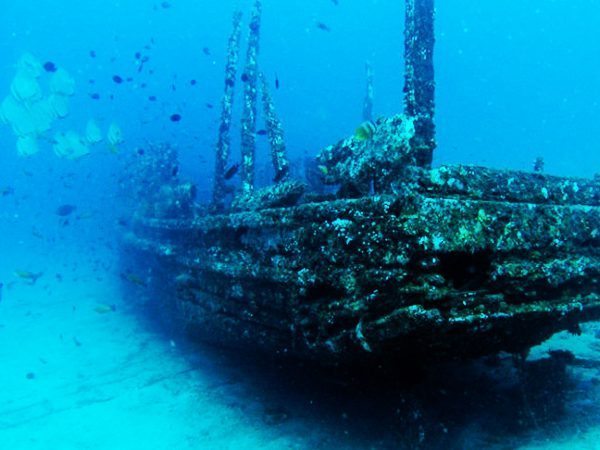Diving In Donsol
Congregating annually at Donsol to feed on the plankton and krill rich waters flowing through the San Bernardino Straits and into the Visayas, these gentle giants glide along mid-waters to the surface when following their food supply.
Diving In Anilao
Anilao is considered as the birthplace of Philippine scuba diving and up until now it remains the a popular dive destination for divers especially to those who are around the corners of Metro Manila, the capital region of the Philippines.
Diving In Philippines
Being labeled as the Pearl of the Orient Sea, Philippines is one of the best diving spots in the checklists of most divers in the world. Philippines has stunning marine life, from its divine coral reefs, its fine sand texture, to its abundance in marine creatures.
Philippines is even recognized as the world’s center of marine biodiversity with its 3,172 marine and 351 freshwater species.
As you dive in the archipelago, variety of marine creatures will swim with you. Clownfish, Sweetlips, Mackarel, Parrotfish, Damselfish and Pipefish are just common in the area. The islands of the Philippines also offer experience with Lobsters, Seahorses, Crabs and Shrimps. Occasionaly, you can also sight Manta Rays, Eagle Rays, Reefsharks and Napoleon. And if you are really lucky, you might encounter Dugong, Pygmy seahorses, Napoleon Wrase, and Harlequin Shrimp.
The Philippines’ Coral Reefs are stunning and splendid at the same time. As a matter of fact, its 26000-square kilometer reef is the second largest in Southeast Asia. It recorded 915 reef fish species and more than 400 scleractinian coral species whereas 12 are endemic.
Philippines is a tropical country. From June to October, it has its rainy season. Cold air breeze starts at September and normally ends at the mid of February. As the local says, Christmas breeze is experienced at the “BER” months of year. Sun shines brightest at March through May – the best season for diving in the country.
Diving visibility depends on the weather and location. It ranges from 5 to 45 meters or 15- 150 feet. Water is normally calm, there are locations with calm water and there are some with strong currents which are good for surfers. Its temperature averages 23-30 degree Celsius or 73-86 degree Ferenheit. The country is good for beginner to advanced divers.
What makes the diving journey in the Philippines a remarkable one is its feel-like-home accommodation. Filipinos are known for their hospitable attitude, and they offer what’s best. They treat foreigners and tourists like their own relatives or even more.
Dive in the Philippines now and get ready to get hooked by this treasure-like archipelago!
| Currency: | Philippine Peso (PHP) |
| Language: | Filipino/Tagalog |
| Capital: | Manila |
| Electricity: | American-type Plug |
| Government: | Unitary presidential constitutional republic |
| Timezone: | UTC +8 |
| Calling Code: | +63 |
| Network Providers: | Smart, Globe, Sun Cellular |
| National Airline: | Philippine Airlines / Cebu Pacific Air |
Other Destination In Philippines
Diving in Donsol
Donsol is located in the province of Sorsogon.. Also the island of Miguel is home to many beautiful dive sites. Some wreck sites are great for technical divers. Donsol is a small yet beautiful island in Philippines known for its perfect diving spot...
Diving in Anilao
Just a 3-hour drive south of Manila will take you to Anilao, a diver and underwater photographer’s macrolife destination. It is located at Batangas province which has beachfront resorts with backdrops of mountains and forest providing ...
Diving in Puerto Galera
A small municipality of Oriental Mindoro in the Philippines is Puerto Galera, a popular summer getaway due of its amazing beaches and water activities. Its name means “Port of Galleons” as it used as a trading port during the Spanish era...
Diving in Malapascua
Malapascua Island is just off the north tip of Cebu. It is about 2km by 0.5km, and you can walk around it in 1-2 hours. It has a population of around 4000, most of whom live off tourism, fishing, boat building or coconuts. The name Malapascua ...




